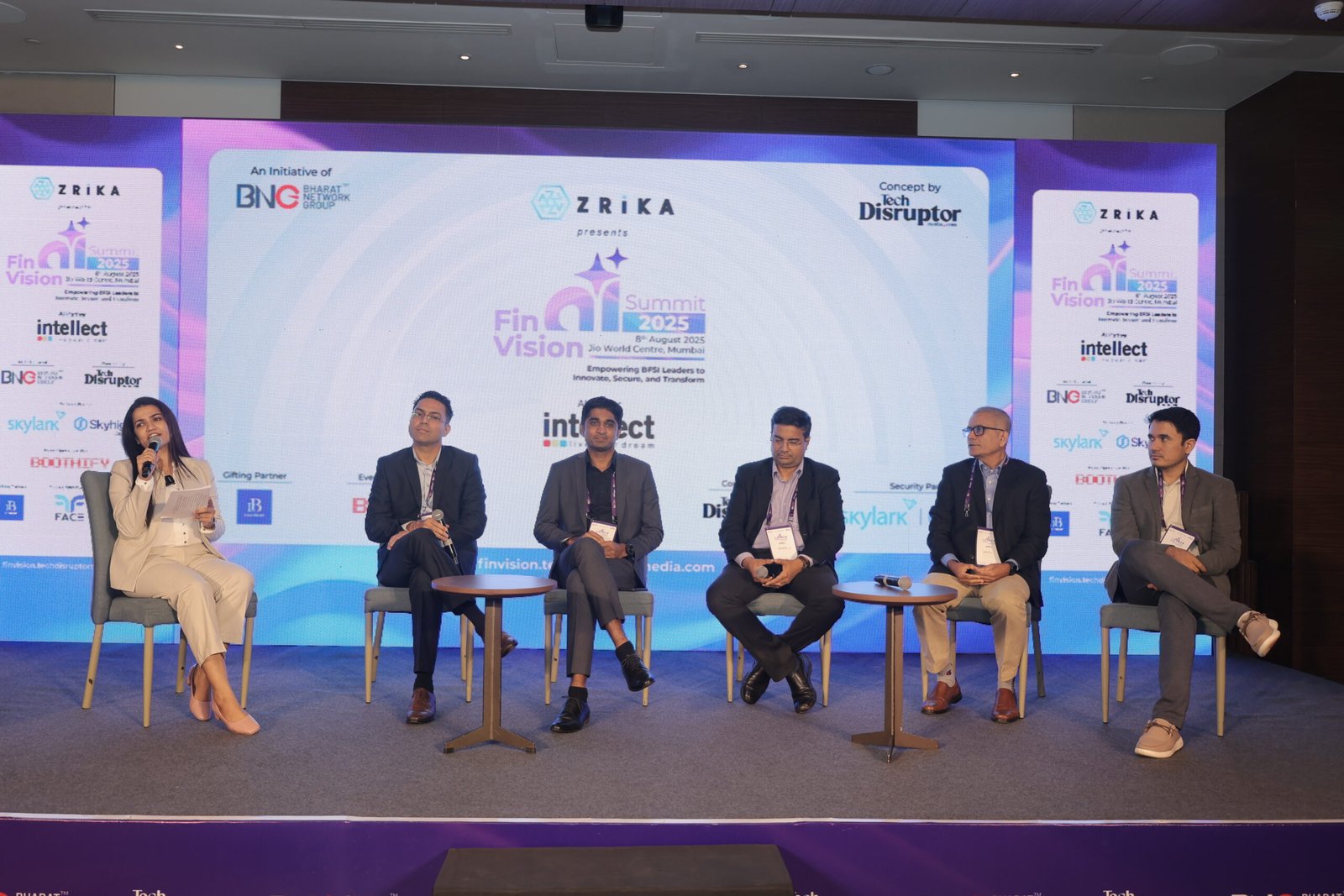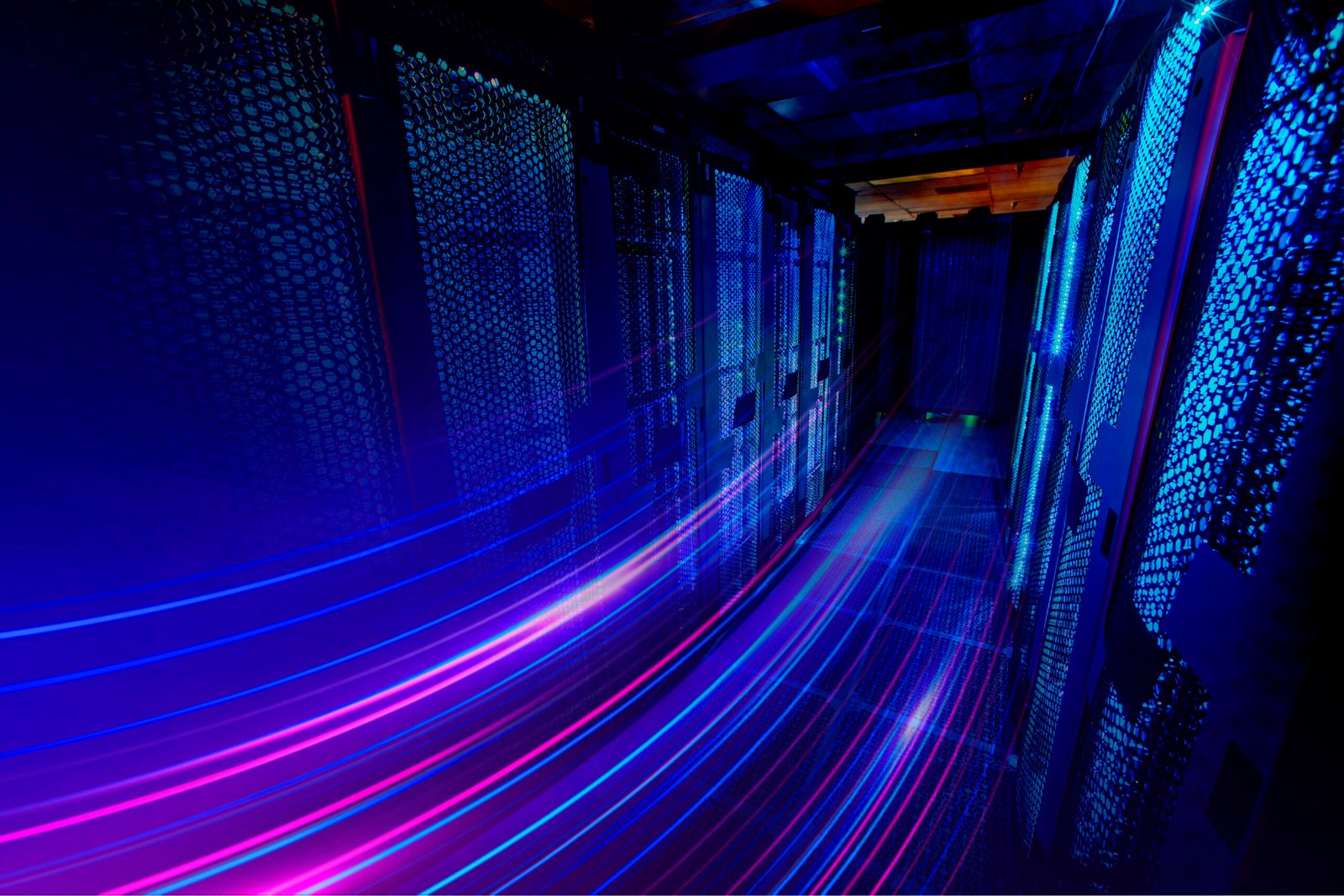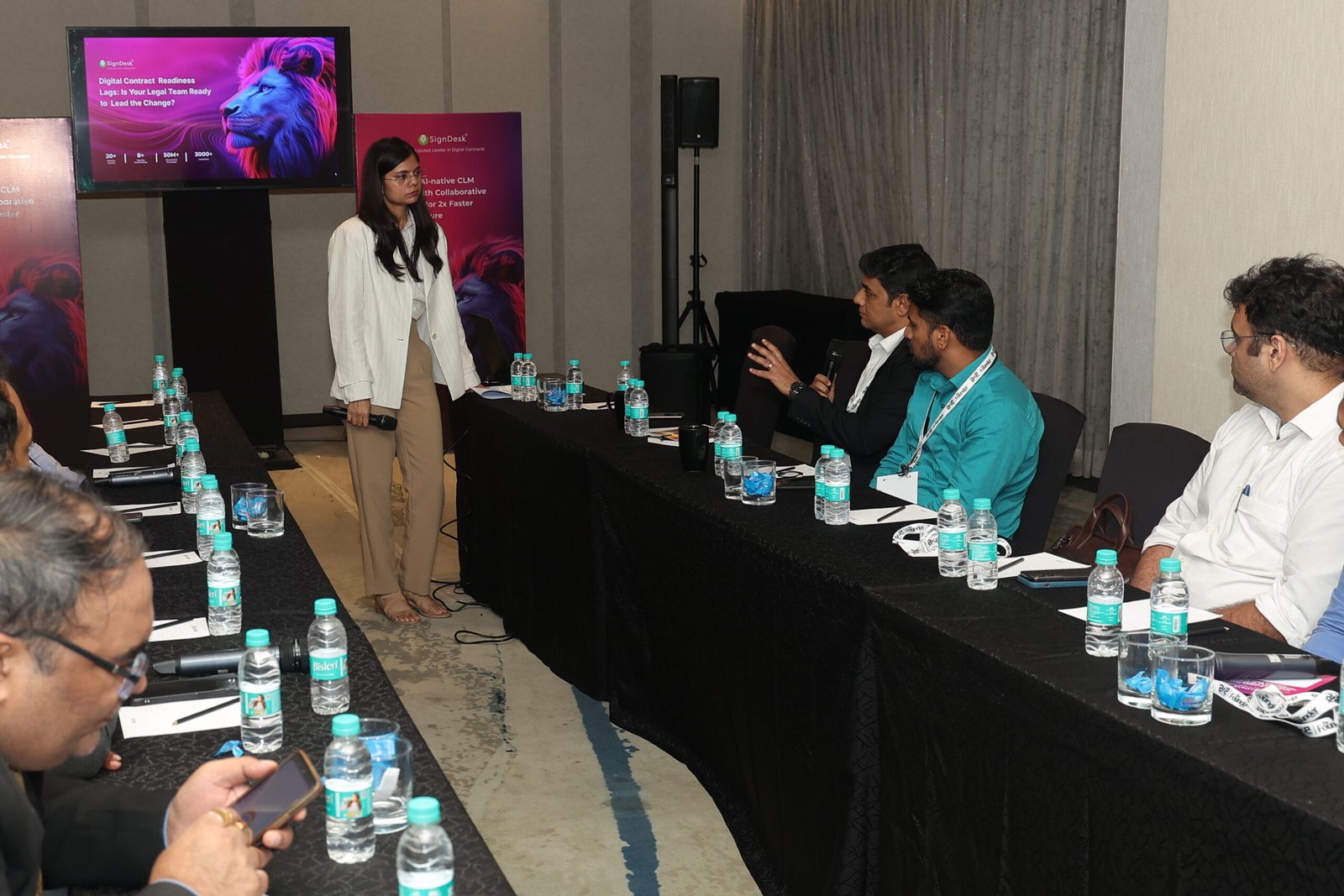In an era of continuous digital acceleration, compliance has become both a cornerstone of trust and a source of operational strain. Every technological leap, from cloud computing to artificial intelligence, introduces not only innovation but also new layers of risk and regulation. The convergence of cybersecurity imperatives, AI governance, and evolving data protection mandates has created a compliance environment that is more dynamic and demanding than ever.
For today’s cybersecurity and business leaders, the challenge is not merely meeting regulations but keeping pace with them. As organisations navigate the EU AI Act’s risk-based classifications, India’s Digital Personal Data Protection (DPDP) Act, and established frameworks like the EU General Data Protection Regulation (GDPR) and System and Organisation Controls (SOC), complexity can easily overwhelm even mature compliance functions. The real opportunity lies in reimagining compliance through technology, transforming it from a regulatory burden into a strategic enabler of business resilience and trust.

Om Puran, Associate Director, Aaseya IT
The modern compliance conundrum
The global regulatory landscape has expanded beyond traditional data privacy mandates into the evolving sphere of AI governance. Cybersecurity and compliance leaders today must manage overlapping frameworks such as the EU GDPR, California Consumer Privacy Act (CCPA), ISO 27001, SOC 2, and the Digital Operational Resilience Act (DORA) in Europe, alongside newer laws like India’s DPDP Act 2023. India’s DPDP Act introduces consent-based data processing, data minimisation, and cross-border transfer restrictions that affect any enterprise handling Indian citizens’ data. The financial stakes are significant: violations of the EU AI Act can incur fines up to €35 million or 7% of global annual turnover, while DPDP Act breaches can result in penalties up to Rs 250 crore (approximately USD 30 million) for inadequate security safeguards.
Collectively, these frameworks demand continuous vigilance, demonstrable compliance, and robust governance across jurisdictions, making manual, audit-heavy approaches unsustainable.
Technology as the compliance catalyst
Ironically, the same technologies that complicated compliance are now driving its reinvention. The convergence of AI, automation, cloud computing, and blockchain is redefining compliance from a reactive, audit-driven exercise into a predictive, self-correcting ecosystem.
According to Gartner (2024), by 2026 more than 60% of organisations will automate at least one aspect of compliance management using AI-driven tools, a clear signal of the shift toward continuous, real-time assurance.
Modern compliance platforms now leverage machine learning to detect early signs of “compliance drift” and automatically trigger corrective workflows. Natural language processing (NLP) engines interpret new or updated regulations, ensuring internal policies remain aligned with evolving requirements. Cloud-native orchestration allows organisations to maintain global compliance consistency while accommodating local nuances, for instance, applying EU AI Act classifications in Europe while enforcing DPDP consent requirements in India, all within one unified framework.
Automation further reduces human error by digitizing audit trails, managing consent workflows, and generating verifiable evidence packs on demand, cutting audit preparation time by nearly 50%. Blockchain-based ledgers add another layer of integrity by maintaining tamper-proof records of every compliance action, from policy updates to user-access reviews.
When integrated effectively, these technologies turn compliance into a strategic differentiator. McKinsey & Company (2023) found that organisations with advanced compliance measurement frameworks realise 2.3 times greater returns on their technology investments, demonstrating that robust governance directly enhances business value.
Case in point: Compliance by design in action
For years, compliance teams in financial institutions operated reactively, tracking endless spreadsheets, chasing audit trails, and engaging regulators long after incidents occurred. That model is rapidly evolving.
A leading Asian bank, facing mounting regulatory pressure under DORA and ISO 27001, adopted an AI-powered compliance orchestration platform capable of monitoring every control in real time. Instead of preparing for annual audits, the bank achieved continuous assurance. The system automatically flagged deviations, generated remediation workflows, and maintained dashboards accessible to internal and external auditors alike. The outcome was transformative: audit cycles reduced by 40%, risk visibility increased tenfold, and compliance teams were freed to focus on strategic priorities instead of administrative firefighting.
In India, technology and cybersecurity firms are embracing similar solutions to prepare for the DPDP Act. Advanced privacy automation frameworks now map data flows, manage user consent, and execute “Right to Be Forgotten” requests across systems, simplifying compliance while reinforcing digital accountability. This ability to demonstrate trust has become a key differentiator in markets where transparency is now as valuable as security itself.
Globally, the rise of RegTech, solutions blending regulatory intelligence with automation, is reshaping compliance economics. The sector, projected to exceed $20 billion by 2027, reflects a shift from viewing compliance as a cost centre to recognising it as a strategic pillar of resilience and reputation.
AI governance: The new frontier of compliance
The advent of generative and autonomous AI has ushered in a new regulatory frontier. The EU AI Act (2024) classifies AI systems by risk level, from minimal to unacceptable, and mandates documentation, transparency, and human oversight for high-risk applications such as credit scoring or biometric identification. Similarly, India’s DPDP Act and the forthcoming Digital India Bill aim to balance innovation with accountability, granting citizens data rights while obligating companies to build secure and ethical AI systems.
Effective compliance automation relies on the balance between technology and human judgment. CISOs and compliance officers remain vital in interpreting regulatory intent, managing stakeholders, and ensuring ethical implementation. Responsible AI frameworks emphasise explainable algorithms, bias testing, and transparent audit capabilities that regulators can verify. According to Forrester (2024), organisations that apply structured measurement frameworks to compliance automation achieve 40% higher adoption rates and 35% greater business impact than those with ad-hoc implementations.
By integrating these principles, compliance teams can shift from reactive monitoring to proactive governance, an approach that McKinsey (2023) associates with measurable improvements in operational efficiency and competitive positioning.
Looking forward
As AI governance frameworks mature and new jurisdictions implement comprehensive data protection laws, compliance will continue to evolve from static obligation to dynamic intelligence. Organisations that embed automation and analytics into their compliance architecture will be best positioned to thrive in this complexity.
The real question for cybersecurity leaders is not whether technology can simplify compliance, but how quickly it can be scaled to deliver resilience and agility. Manual methods cannot keep pace with the velocity of modern regulation. Integrated automation, on the other hand, offers unified visibility, consistent policy enforcement, and continuous adaptation.
The future of compliance lies in strategic execution, aligning intelligent automation with broader business goals. Those who succeed will transform compliance from a regulatory necessity into a competitive advantage, strengthening trust, accelerating innovation, and ensuring long-term sustainability in an increasingly regulated digital world.
-author is Om Puran, Associate Director, Aaseya IT





